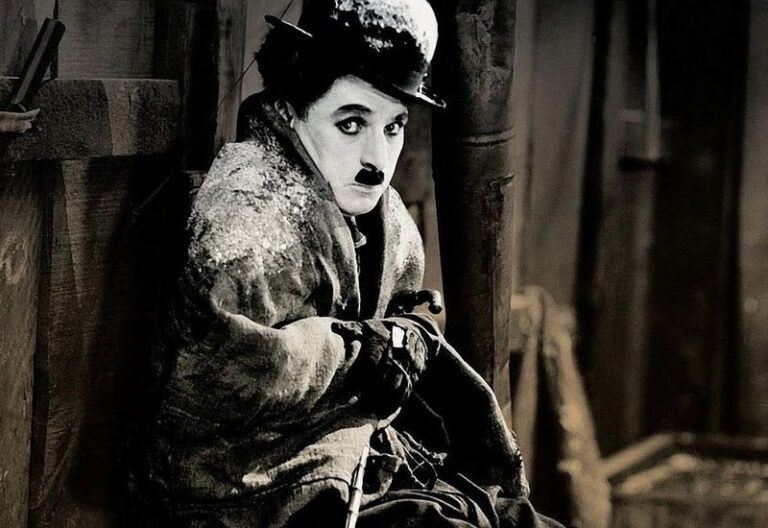pre-code hollywood - the bold era
Pre-Code Hollywood is a period in the American film industry between the widespread adoption of sound in 1929 and the enforcement of the Motion Picture Production Code, commonly known as the Hays Code, in mid-1934. This era is characterized by a greater degree of freedom, resulting in films that addressed controversial and mature topics with a boldness that was later diminished.
Published by: CinemaWaves Team | Filed Under: Film Blog
The Beginnings of the Pre-Code Hollywood
The pre-Code era began as Hollywood transitioned from silent films to “talkies.” The introduction of sound in 1927 with “The Jazz Singer” marked the start of a new age in cinema. By 1929, sound films had become the industry standard, leading to an explosion of creativity and experimentation in the film industry. This period was also marked by the aftermath of the Wall Street Crash of 1929 and the ensuing Great Depression, which influenced the themes of many films.
Hollywood’s early attempts at self-regulation started in the 1920s with the formation of the Motion Picture Producers and Distributors of America (MPPDA), led by William H. Hays. The initial version of the Production Code was drafted in 1930, but it lacked effective enforcement. As a result, filmmakers largely ignored it, resulting in the creation of films known today as pre-Code era films.

Characteristics of
Pre-Code Hollywood
Sexuality: Films featured more frank depictions of sexual relationships, infidelity, promiscuity, and female sexuality. Prostitution and extramarital affairs were also common themes. For instance, Jean Harlow’s character in “Red-Headed Woman” uses her sexual allure to manipulate men and climb the social ladder.
Crime and violence: Crime dramas often glamorized gangsters and depicted graphic violence. Movies like “Scarface” (1932) and “The Public Enemy” (1931) exemplified this trend. These films portrayed criminals as charismatic antiheroes, challenging conventional moral narratives.
Social issues: Films addressed topics such as drug addiction, abortion, domestic abuse, and corruption. They reflected the social and economic struggles of the time, highlighting issues like the brutal realities of the American penal system.
Strong female characters: Women were frequently portrayed as independent, assertive, and sexually liberated. Stars like Mae West, Barbara Stanwyck, and Marlene Dietrich became icons for their portrayals of strong, unconventional women. Mae West’s performances showed her witty, risque dialogue and confident sexuality, while Marlene Dietrich’s alluring and androgynous persona pushed the boundaries of female representation.
Morality and ambiguity: Unlike the moral clarity seen in later films, pre-Code movies were more likely to present complex moral dilemmas without clear resolutions.

Important directors,
actors and films
Mae West: Known for her witty dialogue and confident sexuality, she starred in films like “She Done Him Wrong” (1933) and “I’m No Angel” (1933), which were huge box office successes. Her bold persona and sexual innuendoes regularly courted controversy but also made her immensely popular.
Barbara Stanwyck: Starred in films like “Baby Face” (1933), where she played a woman who uses her sexuality to climb the social ladder. Stanwyck’s performances often highlighted the complexities and strengths of her characters.
James Cagney: Famous for his roles in gangster films such as “The Public Enemy” (1931), Cagney’s dynamic performances and charismatic portrayal of antiheroes left an impact on the crime genre to this day.
Director Ernst Lubitsch: Known for his sophisticated comedies like “Trouble in Paradise” (1932) and “Design for Living” (1933). Lubitsch’s films were renowned for their wit, charm, and subtle handling of sexual themes.
Director Howard Hawks: Directed “Scarface” (1932), a film that became iconic for its portrayal of violence and organized crime. Hawks’ direction brought a gritty realism and intensity to the gangster genre. He later contributed to the creation of the film noir genre with “The Maltese Falcon” (1941), which set the standard for the shadowy, morally complex style that would define noir cinema.
Decline of Pre-Code
Hollywood
The decline of the pre-Code era began with increasing pressure from various conservative and religious groups who were alarmed by the explicit content in films. The Catholic Legion of Decency, formed in 1933, was particularly influential in advocating for stricter censorship. The Legion threatened to boycott films and theaters that showed films deemed immoral, significantly impacting box office revenues.
In response to these pressures and to avoid external regulation, the MPPDA began to enforce the Production Code more rigorously in mid-1934, appointing Joseph Breen to head the Production Code Administration (PCA). Under Breen’s leadership, the guidelines were strictly enforced, and any film that did not adhere to the Code could not be released. This effectively ended the pre-Code era and ushered in a new age of censorship that lasted until the Code’s gradual decline in the 1950s and 1960s.
Today, pre-Code films are studied for their historical and cultural significance, offering insights into the complexities of American society during the early 1930s. The era is also appreciated for its artistic contributions, with many films being considered classics, creating the foundation for future cinematic innovations.
Refer to the main page for more educational insights on filmmaking and cinema history.
The studio system was a dominant force in Hollywood from the 1920s to the 1950s. It was characterized by a few major studios controlling all aspects of film production…
The studio system was a dominant force in Hollywood from the 1920s to the 1950s. It was characterized by a few major studios controlling all aspects of film production…
Silent films, originating in the late 19th century, represent the foundation of modern cinema. Characterized by their lack of synchronized sound, these films relied…
Film noir emerged in the early 1940s as a distinctive style within American cinema, marked by its dark, moody aesthetics and cynical narratives. The term “film noir” meaning…
Short films are a versatile and impactful form of cinema, typically ranging in length from a few minutes to around 40 minutes. They serve as a powerful medium for…
When a car bomb explodes on the American side of the U.S./Mexico border, Mexican drug enforcement agent Miguel Vargas begins his investigation, along with American police…






